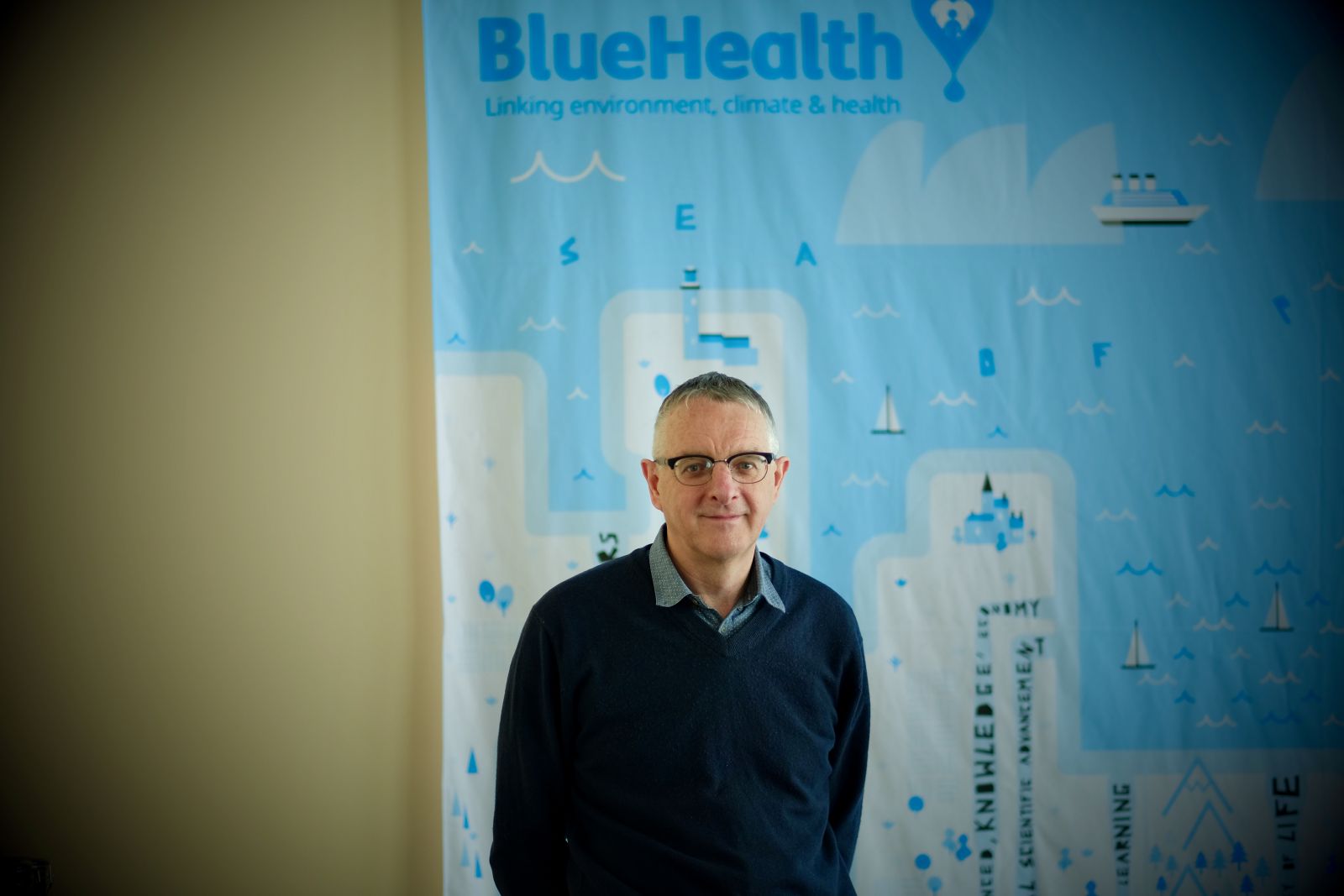
Simon is a professor and the head of the Chair of Landscape Architecture at Estonian University of Life Sciences (EMU). He was originally a forester, who took a master's degree in landscape architecture. He worked for 20 years in the British Forestry Commission, specializing in forest landscape and outdoor recreation planning and design. He has also worked in the USA, Canada, Europe, and Russia as a consultant on large-scale forestry and recreation projects. Research and practice led him to projects in the Baltic States and thus to Estonia where he has been teaching and researching since 2005, taking over as head of the department in 2009. He teaches courses about large-scale planning and design and supervises many masters and Ph.D. students. Mr. Bell is the past President of the European Council of Landscape Architecture Schools (2012-2018), past Vice-Chair COST Action TU1201 Urban Allotment Gardens (2012-2016), and past Management committee member COST Action TD1106 Urban Agriculture; he also serves as an Estonian expert on COST Domain of Transport and Urban Planning.
"Blue-green infrastructure has a host of benefits, including climate change adaptation, mitigation, health and wellbeing, and biodiversity".
The 'blue and green' environments play a significant role in urban areas. The centuries have been used to support a healthy environment. They offer a wide range of ecosystem services such as regulating the air temperature, air quality, water storage and drainage, noise reduction, supplying drinking water, transportation, industry, fisheries, energy generation, and sewage treatment. This utilitarian network of urban 'blue and green infrastructure' might also provide many health and wellbeing benefits. The European Commission has adopted policies where some or all of the desired objectives can be achieved in whole or in part through nature-based solutions:
Implementing climate change mitigation
Adaptation to climate changes and sea-level rise
Sustainable use of natural resources and ecosystems
Finding alternatives for valuable resources
Transition to circular economies.
Blue infrastructure refers to water elements, like rivers, canals, ponds, wetlands, floodplains, water treatment facilities, etc. Green infrastructure refers to trees, lawns, hedgerows, parks, fields, forests, etc.EMU had already successfully implemented projects on this topic and is ready to transfer the scientific knowledge and the toolkit with developing concepts, large-scale survey data, and protocols for our universities network community. The project's objective is to assess and show how the practical use of urban blue and green infrastructure could be implemented in India and Mongolia, first of all making a start on an educational level. Speaking about the decision support toolkit, we have site assessment tools, evaluating the present quality of the object and projecting how it could be after implication of the site project, including behavior observing, so the students could use QGIS to capture the point whether people use the places and how they could use it in the future.
We recently have finished the project "Blue health 2020" and have worked with communities, private sector organizations, and policymakers to ensure our findings are focused and relevant. Our knowledge will help promote health through access to good quality green and blue spaces, informing the development of towns and cities fit for the future, and broadcasting our messages across the globe thanks to our fantastic network of early career researchers.